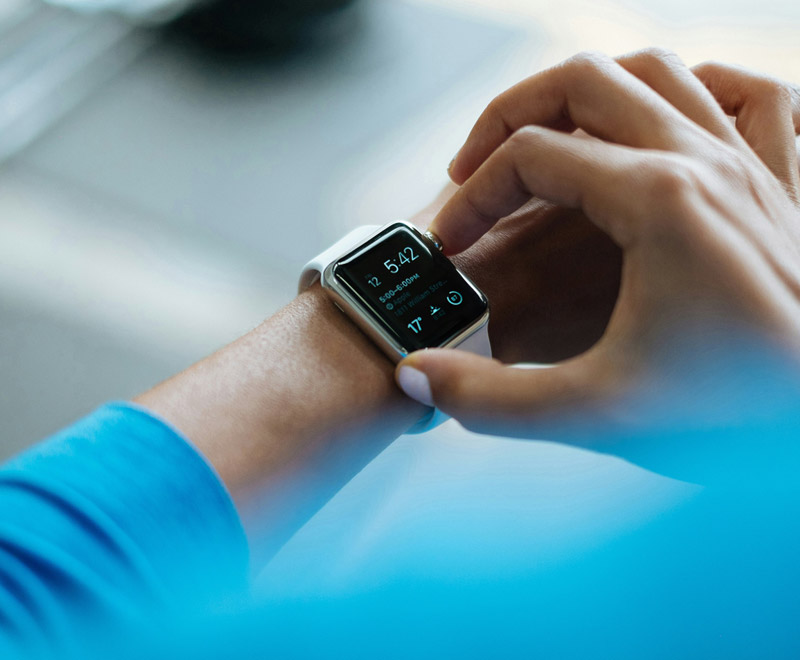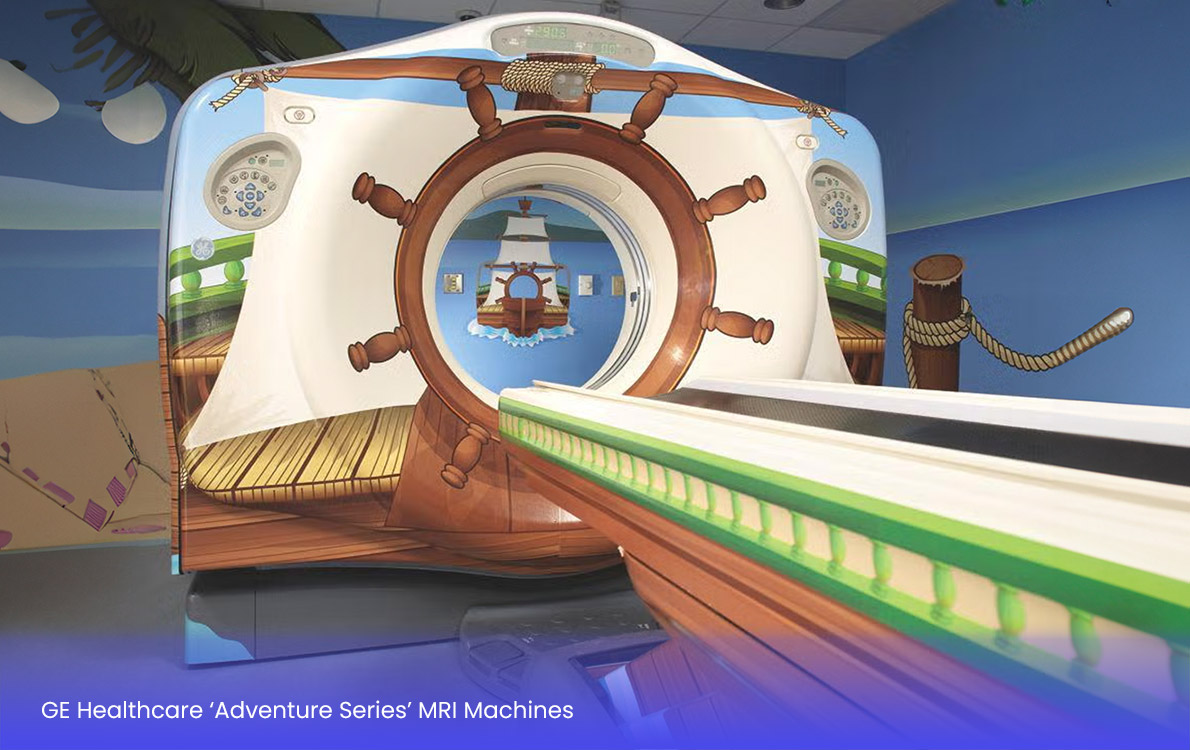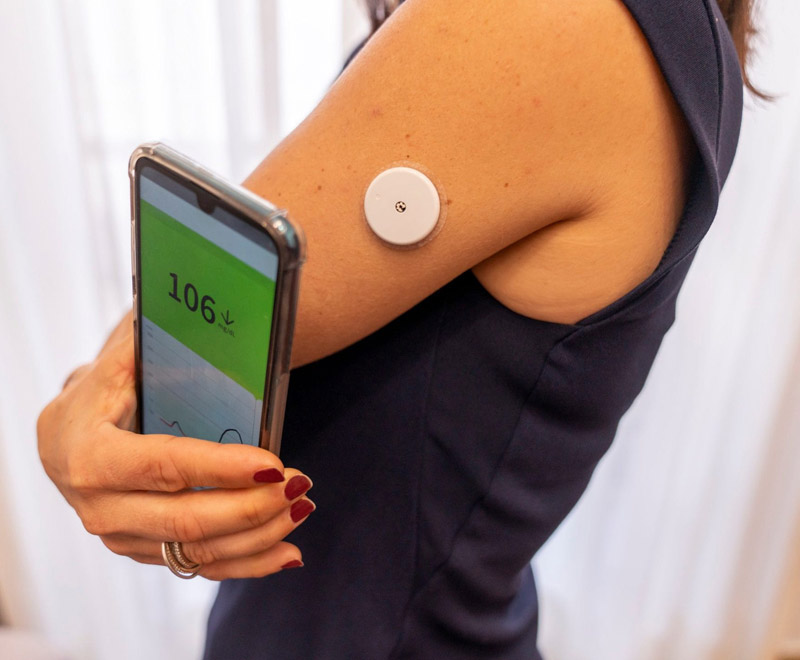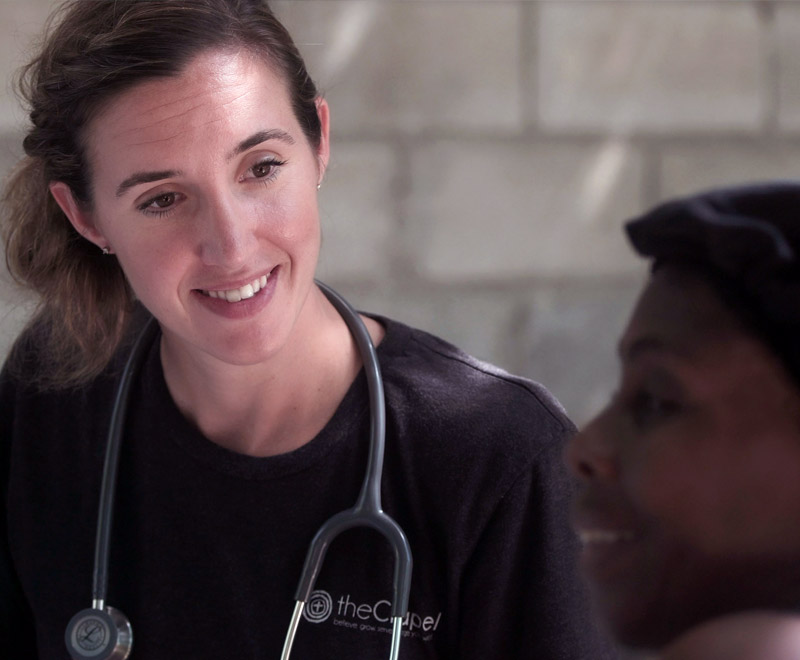

The healthcare industry is undergoing a significant transformation, driven largely by advancements in technology, innovation and a patient-first mindset. The recent advancements in deep computation, machine learning and large-scale data modelling were some of the key drivers that got all of humanity out of the recent pandemic. This focus on truly understanding the needs and behavioural nuances of different patient groups has emerged as a crucial approach in driving HealthTech innovations, enabling healthcare professionals to develop human-centred, effective, and efficient solutions.
In our everyday lives, most of us would have experienced some of the clunky user interfaces within medical equipment or health apps. Tiny buttons, confusing menus, poor accessibility features - these design flaws make the products harder to use, especially for elderly patients or those with disabilities. In contrast, applying smart design principles like simple navigation, clear visuals, and intuitive gestures can make a world of difference.
Design Thinking involves a human-centred approach to problem-solving, focusing on understanding patients' and healthcare professionals’ needs, behaviours, and pain points. This approach is particularly effective in HealthTech, where complex medical issues require innovative solutions that are both effective and user-friendly.
Design Thinking plays a transformative role in the field of medical device design, emphasising user-centric innovation to enhance healthcare delivery. This approach empowers healthcare professionals to devise medical devices that are not only intuitive and easy to use but also highly effective in both diagnosis and treatment.

"Design thinking has emerged as a crucial approach in driving HealthTech innovations, enabling healthcare professionals to develop solutions that are user-centred, effective, and efficient."
There are various examples of organisations that are already leading the way by prioritising design in HealthTech. A noteworthy example of this in action is Philips Healthcare's adoption of Design Thinking to develop its Ambient Experience product line. This initiative integrates dynamic lighting, projections, and sound to create a serene environment for patients undergoing various medical procedures. By doing so, Philips Healthcare aims to alleviate the stress and anxiety associated with such experiences, significantly improving patient comfort and cooperation.
Beyond Philips, other industry leaders have also taken a design-led approach to address complex healthcare challenges. GE Healthcare, for example, used this methodology to redesign its MRI machines and associated processes to make them more pediatric-friendly. The result was the "Adventure Series," which transforms the MRI experience into a kid-friendly adventure, helping to reduce fear and the need for sedation among young patients.

More recently, consider Zoe - a user-friendly continuous glucose monitoring system that has made diabetes management so much easier. Similarly, Becton Dickinson, a leading medical technology company, proactively used Design Thinking to develop their AutoShield Duo pen needle for diabetics. By observing and empathising with patients, they created a needle that is easier to handle and reduces the risk of accidental needlestick injuries.
"Zoe is a health management system that uses a continuous glucose monitor (CGM) to track blood sugar levels, providing personalised nutrition advice based on individual metabolic responses and gut health."

In each of these cases, Design not only enhanced the functionality and efficiency of medical devices but also significantly improved the human interaction element. This approach underscores the importance of empathy in design, ensuring that technological advancements in healthcare go hand in hand with genuine human-centered innovation. Through such applications, Design proves to be an essential strategy in the evolution of medical technologies, leading to better outcomes and a more empathetic approach to patient care.
Another significant area of application is in healthcare software development. Design thinking can be used to develop software solutions that are user-friendly, intuitive, and effective in managing patient data, tracking medical records, and facilitating communication between healthcare professionals. The UK's National Health Service (NHS) has embraced design thinking to improve their digital services, such as the NHS App which allows patients to book appointments, order repeat prescriptions, and access their medical records.

"Effective application of Design Thinking involves understanding patient needs, behaviours, and pain points to develop solutions that are both effective and user-friendly."
To effectively apply design thinking in HealthTech, healthcare professionals must prioritise empathy, collaboration, and experimentation. This involves understanding patient needs, behaviours, and pain points to develop solutions that are both effective and user-friendly. For instance, Mayo Clinic worked with renowned design consultancy IDEO to implement design thinking across various initiatives, from improving the patient experience to developing new medical devices.
Overall, and in my opinion, the healthcare industry has a lot of room for improvement when it comes to human-centred design. Bringing more designers into the fold - professionals who deeply understand user needs, ergonomics, and behavioural psychology - could spark a new wave of intuitive HealthTech breakthroughs. From wearable devices to telehealth platforms, thoughtful design can enhance the user experience while also improving health outcomes.
At the end of the day, if a product is confusing or cumbersome to use, even the most innovative technology will struggle to reach its potential. But when design is a guiding principle, HealthTech can unlock seamless experiences that delight users and empower them to take control of their well-being. In this rapidly evolving field, companies that make design a top priority are likely to pull ahead of the pack.
Usman is a digital veteran and a renowned expert in human-centric innovation and product design. As the founder of Pathfinders, Usman works directly with businesses to uncover disruptive opportunities and helps create tangible business value through design and innovation.
Book an initial consultation with Usman »